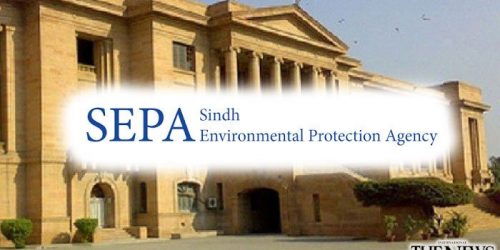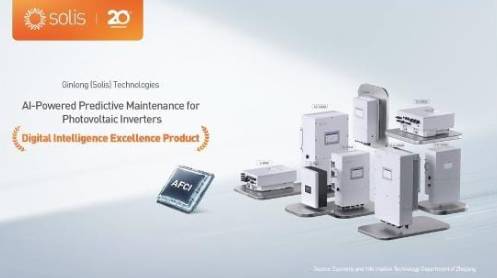Parameters of carbon monoxide and particulate toxic matters were exceeding the prescribed limits of the provincial environmental quality standards during the soya bean and pet-coke handling at the Karachi port in February last year when 17 people died in the Keamari area and hundreds of others were affected.
This was stated by the Sindh Environmental Protection Agency (Sepa) on Thursday in a report submitted to the Sindh High Court (SHC) on the alleged gas leakage incident.
Filing the final report in respect of the gas leakage incident in Keamari, the Sepa director general (DG) said a Sepa team visited the Karachi port where a ship was anchored loaded with soya bean imported from the United States on the berths 10 and 11, which was being unloaded. The SHC was informed that the environmental watchdog’s team observed high intensity of dust emission during the process of unloading of soya bean on February 17, 2020.
The Sepa chief maintained that the data of the air quality of the Keamari area also indicated that the air at that time was contaminated with pollutants detrimental to human health. It was also submitted that soya bean and pet-coke were being unloaded at the Karachi Port Trust’s eastern wharf terminal without standard operating procedures and in the absence of any system for continuous monitoring of ambient air at the KPT premises and its adjacent areas.
The Sepa DG said the agency had mobilised a firm, Global Environmental Lab (GEL), for monitoring of ambient air quality of the affected areas, including Railway Colony, Clifton and Sea View, which analysed several ambient air quality parameters including carbon monoxide, hydrogen sulfide, sulphur dioxide, volatile organic compounds, ozone and particulate matters.
The high court was informed that the analysis of air quality indicated that parameters of particulate matters were exceeding the limits of the ambient air quality standards.
The Sepa report said that the main threat to the urban population of the vicinity was from the soya bean dust and pet-coke piles and also fugitive dust emissions in the form of particulate matters.
The report mentioned that the Sepa team also inspected an operational facility regarding the unloading of soya bean on the berths 11 and 12 of the KPT from ship vessel Mega Benefit and found that high concentration of particulate (dust emission) matters and soya bean dust were releasing in the open air during the unloading activity.
The provincial environmental watchdog recommended that the KPT must handle soya bean and pet-coke only under strict international standards and regulations at specified places as handling of pet-coke and soya bean without strict measures would cause adverse effects to the human health and environment.
A division bench headed by Justice Mohammad Ali Mazhar expressed concern over the disposal of cases pertaining to the deaths of citizen by the police and inquired the investigation officer why the cases had been disposed of by declaring them as A class and why the matter was not investigated in the light of the Sepa report.
The SHC directed the Keamari SSP to investigate the cases in the light of the SEPA report and submit a progress report by March 16.
A Sepa representative had earlier told the high court that initial investigations suggested that soya bean dust was the cause of deaths but an official of the Department of Plant Protection had denied the reports about leak of soya bean dust.





